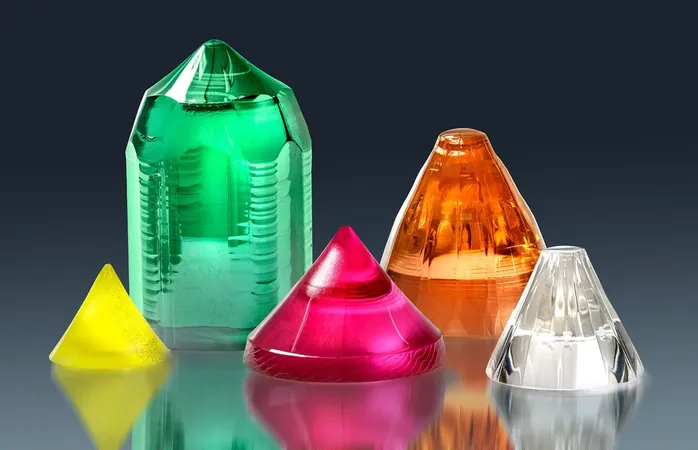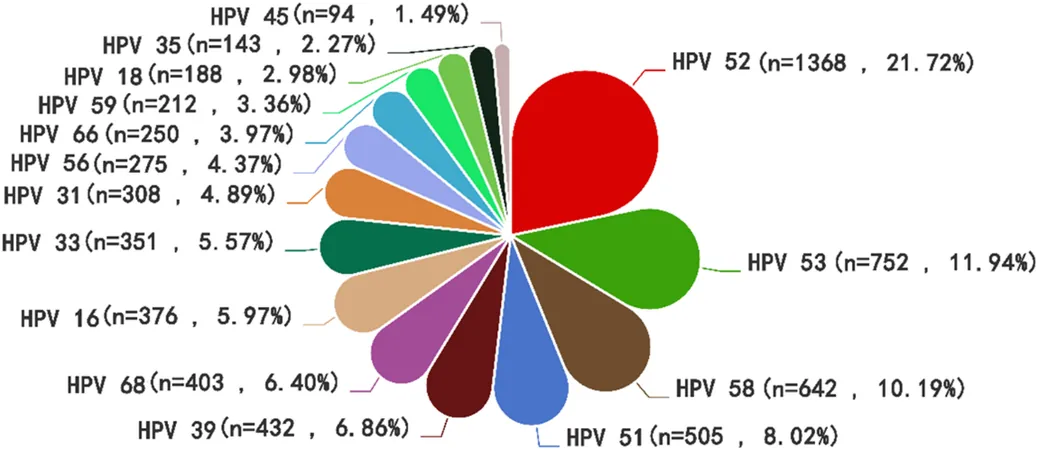
Revolutionizing Laser Technology: New Advances to Tackle Rare-Earth Dependency
2025-06-02
Author: Sarah
Germany's reliance on rare-earth materials has been starkly highlighted by recent export restrictions from China, impacting not just the U.S. but European industries reliant on these critical components.
The laser industry is particularly vulnerable to this supply chain disruption, as these rare-earth elements are essential in crafting laser crystals and fibers that amplify laser radiation. What may seem like small-value materials are, in fact, crucial for the production of high-end systems worth hundreds of thousands of euros.
Marc Eichhorn, head of the Fraunhofer Institute for Optronics in Ettlingen and Oberkochen, emphasizes the significance of controlling the availability and processing of laser crystals and fibers. He underscores that this is not merely an economic issue, but a matter of national security and technological independence for Germany and Europe.
Innovative Research for Enhanced Laser Systems
At the helm of this innovation are researchers led by Christelle Kieleck, focusing on developing new laser sources, powerful crystals, and advanced fiber-optic components. Their work encompasses every stage of laser production, from simulating new materials to creating demonstrators for testing.
The Science Behind Laser Crystals
Laser crystals are the heart of any laser system, pivotal in amplifying light by utilizing optical energy. These crystals release energy in specific wavelengths, depending on their compositions. However, if a certain wavelength crystal is unavailable, researchers can employ non-linear optical materials (NLO), which can manipulate laser wavelengths to enhance various applications.
NLO materials allow for compelling capabilities, such as shifting harmful laser applications into safe wavelengths, expanding their use in medical technology, environmental analysis, and defense.
Quality Over Quantity: The Crystal Challenge
While the possibilities are vast, the quality of laser crystals is a frequent bottleneck. According to Eichhorn, factors like doping, optical quality, and thermal properties determine a crystal’s effectiveness. Temperature variations in crystals during operations can hamper performance, making the art of growing and processing these crystals highly specialized.
Kieleck notes that many production processes can’t be automated; manual expertise is crucial for tasks such as cutting, grinding, and polishing raw crystals to boost their efficacy.
Rigorous Testing for Enhanced Durability
Researchers conduct simulations to optimize crystal compositions by adjusting growth conditions. Crystals are then cultivated in specialized furnaces and evaluated using X-ray diffraction. Moreover, the team has implemented a new testing facility to measure optical damage thresholds, improving endurance against laser radiation.
Advancing Fiber Technology for Future Applications
Simultaneously, the research team is pioneering developments in active laser fibers tailored for varied uses, including material processing and laser surgery. With a focus on rare-earth-doped quartz and fluoride glass fibers, the goal is to manufacture robust, lightweight fibers that operate on minimal energy.
Kieleck shares, "At our new facility in Oberkochen, we are committed to producing customized high-performance fibers that meet the evolving demands of laser technology. This pivotal shift aims to minimize dependency on rare-earth imports while enhancing the capabilities of the laser systems of the future."




 Brasil (PT)
Brasil (PT)
 Canada (EN)
Canada (EN)
 Chile (ES)
Chile (ES)
 Česko (CS)
Česko (CS)
 대한민국 (KO)
대한민국 (KO)
 España (ES)
España (ES)
 France (FR)
France (FR)
 Hong Kong (EN)
Hong Kong (EN)
 Italia (IT)
Italia (IT)
 日本 (JA)
日本 (JA)
 Magyarország (HU)
Magyarország (HU)
 Norge (NO)
Norge (NO)
 Polska (PL)
Polska (PL)
 Schweiz (DE)
Schweiz (DE)
 Singapore (EN)
Singapore (EN)
 Sverige (SV)
Sverige (SV)
 Suomi (FI)
Suomi (FI)
 Türkiye (TR)
Türkiye (TR)
 الإمارات العربية المتحدة (AR)
الإمارات العربية المتحدة (AR)